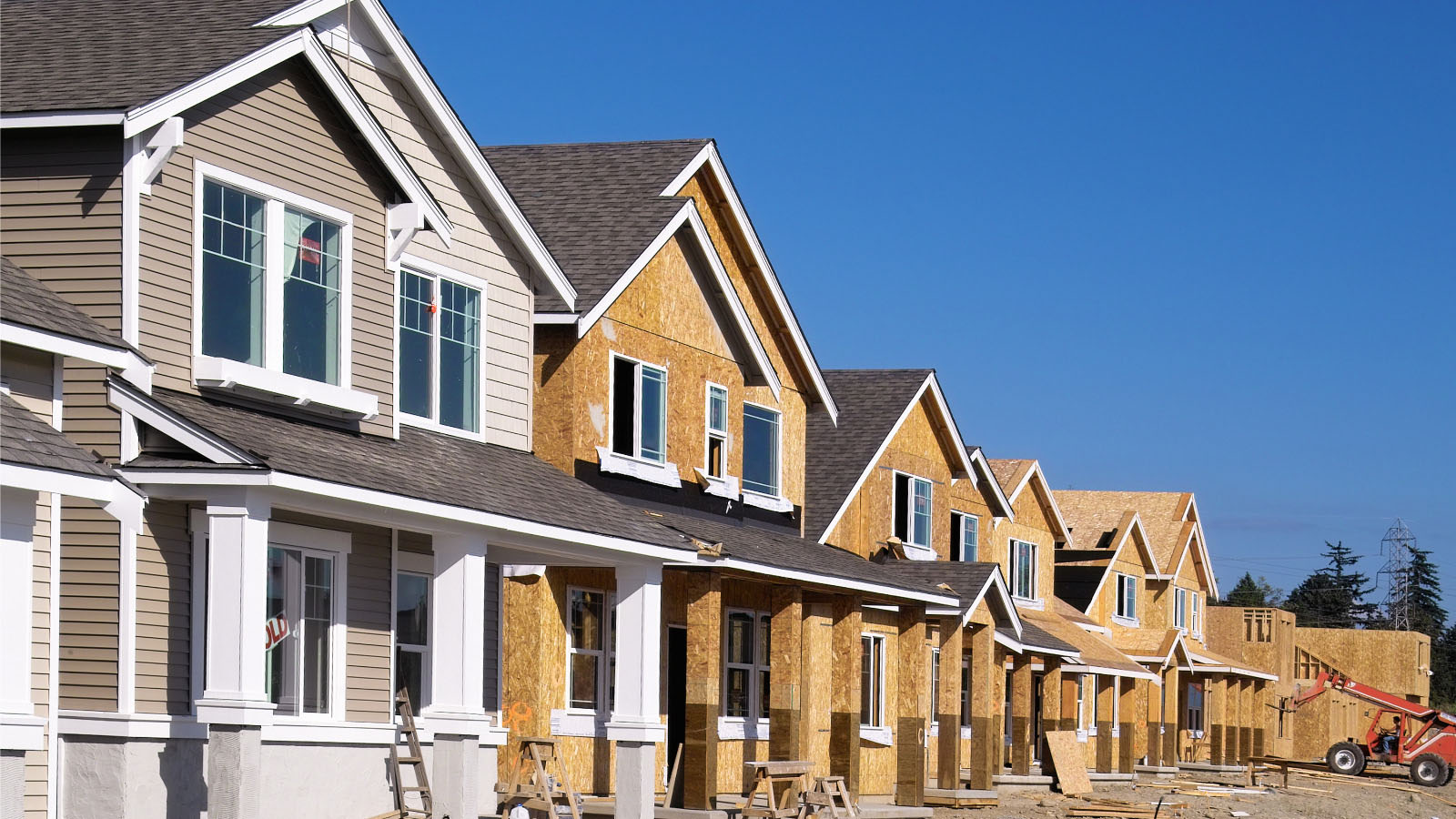According to data from the Census Bureau’s Survey of Construction (SOC), 62.6% of single-family homes started in 2022 were built within a community or homeowner’s association. This marks the second year in a row that the share declined, from the high point of 67.1% posted in 2020, and 65.5% in 2021. Prior to 2021 the share had been on a decade-long upward trend. In absolute numbers, a total of 623,096 homes were started in community associations in 2022, compared to 729,109 in 2021.

The Census Bureau defines community or homeowner’s associations as “formal legal entities created to maintain common areas of a development and to enforce private deed restrictions; these organizations are usually created when the development is built, and membership is mandatory.”

When analyzed by the 9 census divisions, the highest share was in the Mountain Division, where 78.6% of new homes were in such communities. In the New England Division, on the other hand, the share was only 34.5%.
In the South Atlantic Division 71.4% of new homes started in 2022 had a community or home owner’s association, followed by the West South-Central Division at 68.6%, and the Pacific 52.4%. In the West North-Central Division, the share was 46.7%, while in the East North-Central Divisions it was 44.3%. In the East South-Central and Middle Atlantic Division 42.3% and 34.8% of new homes started in 2022 were within a community or home owner’s association, respectively.
Discover more from Eye On Housing
Subscribe to get the latest posts to your email.


How do you reconcile these figures with the substantially higher percentage of new homes sold in community associations?
This question invites us to delve deeper into the real estate landscape, probing the intricate dynamics that shape homebuying trends. Exploring the juxtaposition of these statistics opens a gateway to understanding the nuanced factors steering consumer preferences. Is there a delicate balance between the allure of community living, shared amenities, and potential challenges associated with homeownership in these settings? Untangling these complexities could offer profound insights into the evolving choices of today’s homebuyers and illuminate the evolving tapestry of residential preferences.